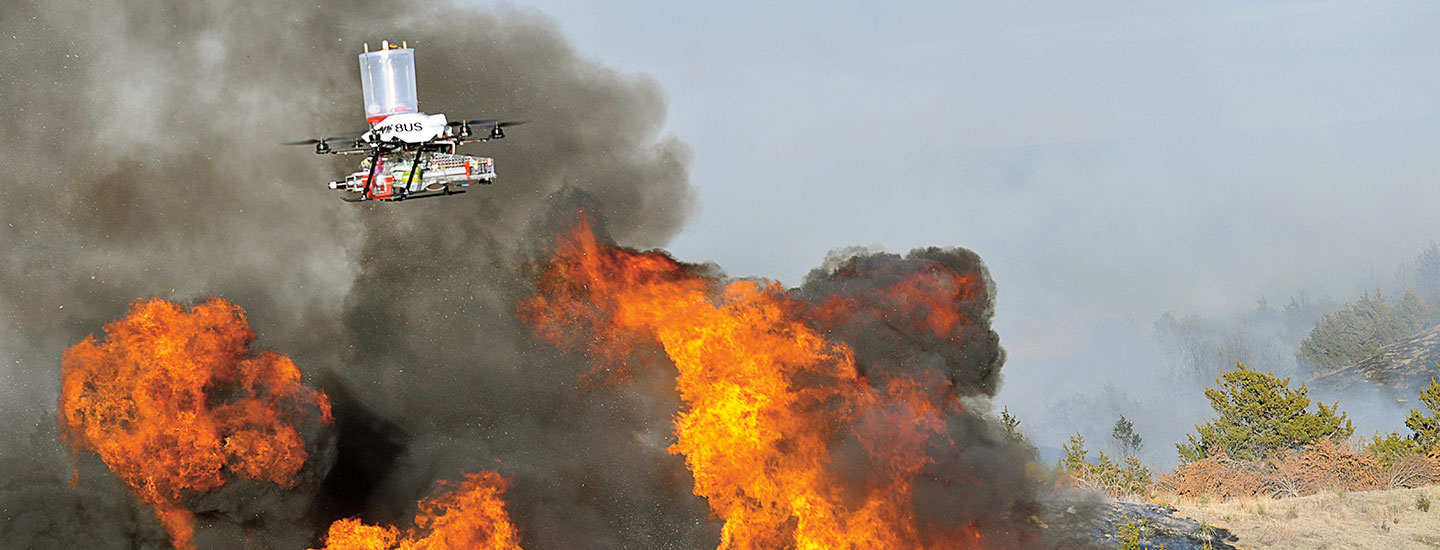Wildfires are one of these issues. They spread fast. So people need to act fast too. In 2018, more than 150,000 acres of land burned in and around Paradise, California. To make sense of the damage, officials turned to Gregory Crutsinger. He programs and flies drones, or small, unmanned aircraft.
“I love flying drones,” he says. “But you need to have basic math skills in order to do the job effectively.”
Crutsinger arrived in Paradise a few days after the wildfire began. He programmed 15 drones to fly above the wildfire. They took more than 70,000 photos, which Crutsinger used to create maps of the affected areas. Officials used the maps to assess the damage and plan for recovery.
Organizing the drones took a lot of problem solving. But Crutsinger is glad he could help. “A lot of people really care about their community,” he says.
Read on to learn more about some other people working to make the world a better place—with math!

